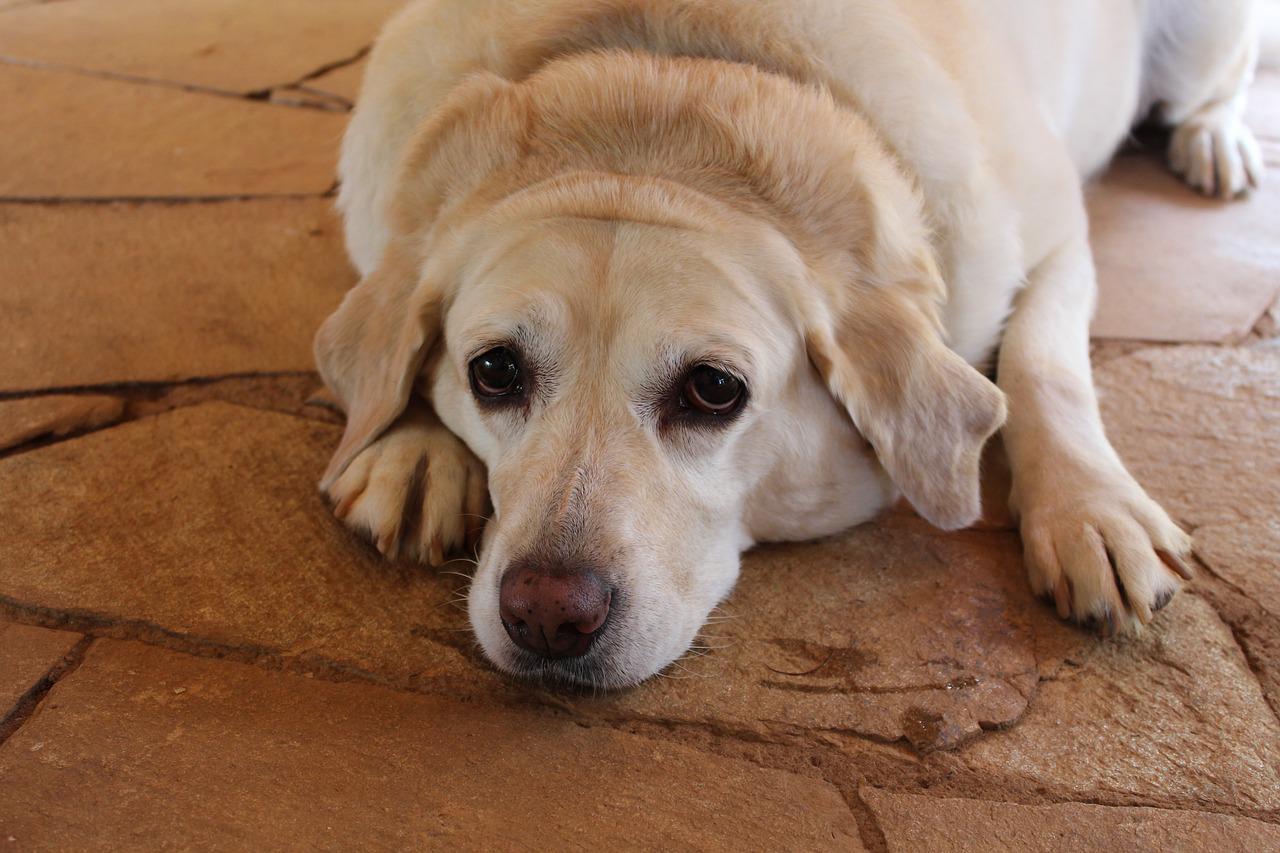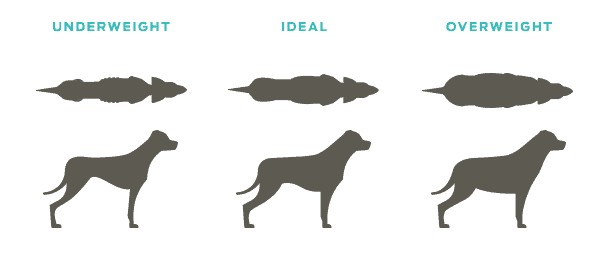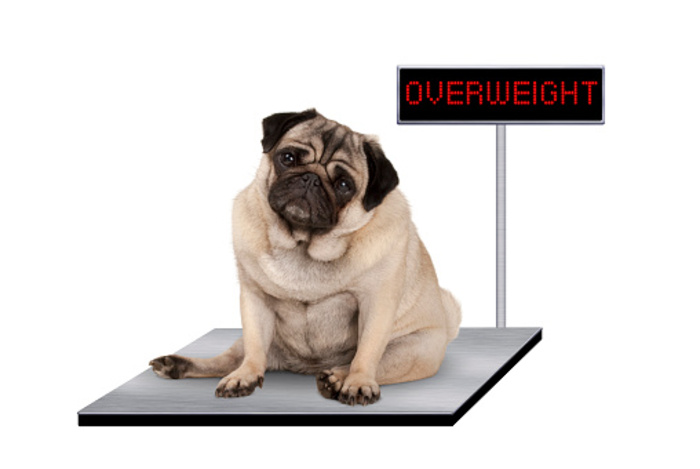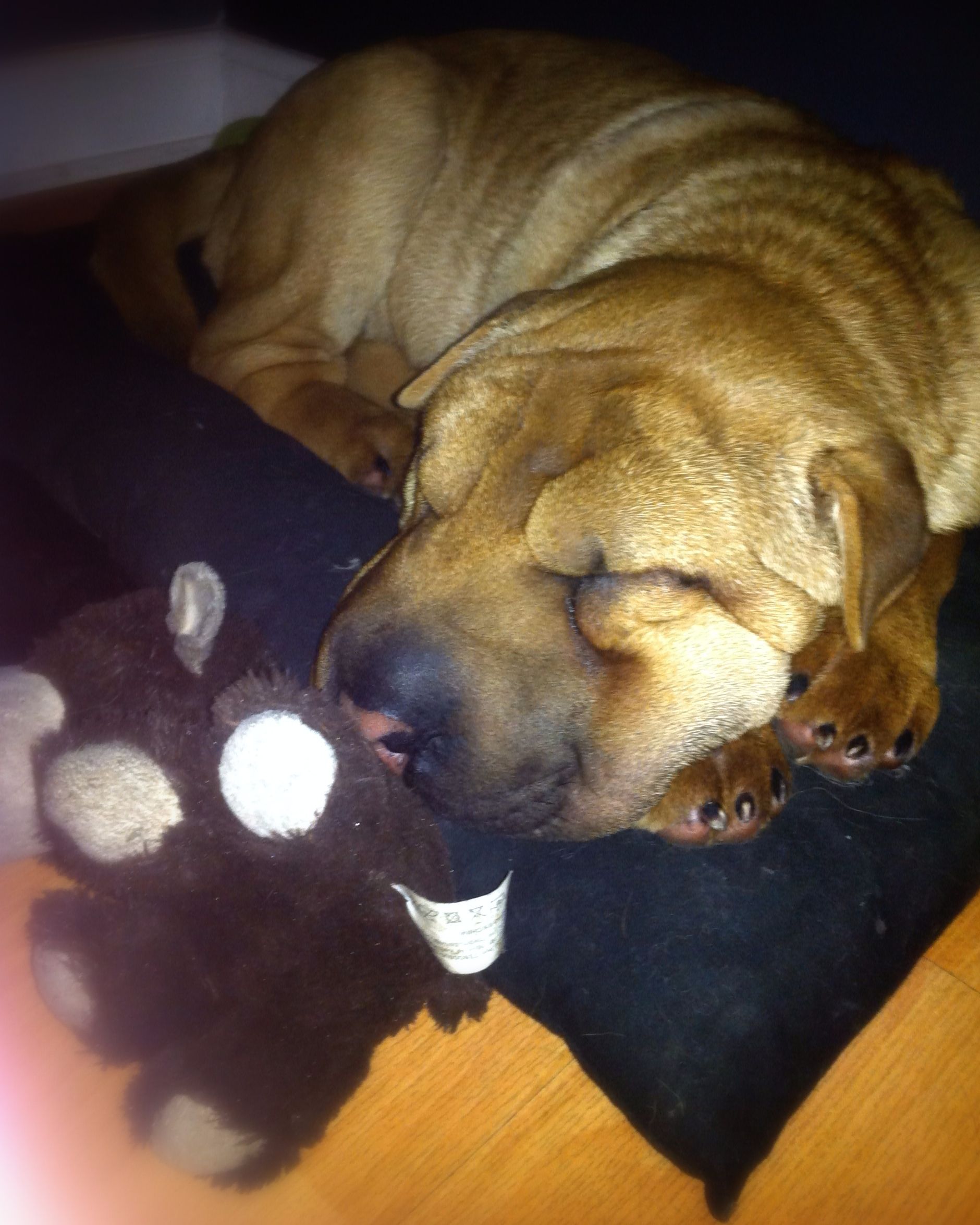
Why Would you Fatten Up a Dog?
Many of us dog owners might agree that it is particularly difficult to keep food away from our pooches most of the time. That is why the question above might seem a bit counter-intuitive. The reality is that not all dogs like to stay as close as possible to the table and wait for some scraps to find their way inside their bellies and not all dogs like to gorge on whatever they find. Dogs can be picky eaters and their appetite is subject to change due to mood swings, their health, and the quality of the food being served.
If your dog skips one or two meals sometimes that is not a cause for concern. However, if you notice a sharp decline in your dog’s appetite and you start seeing your dog’s ribs and hip bones more pronounced – you should definitely talk to a veterinarian. You might need to start fattening up your dog.
Why Does Your Dog Keep Losing Weight?
There are several reasons we can point out that affect your paw friend’s eagerness to eat. Some dogs are simply picky eaters and you may need to switch the food to find what your dog likes and dislikes. Stress is a major factor that impacts our dog’s appetite disposition. If your paw friend is stressed their food cravings are very likely to drop and your dog may refuse to eat for a whole day. Veterinarians remind us that toothache can dissuade dogs from eating too. Don’t forget to check the gums and teeth of your dog at least once a week. If you are not sure why your dog does not eat, shows very low activity levels, and has a skinny body book an appointment with a veterinarian so they can run tests and see what is wrong with your companion. Your pooch may be sick and may need medication before he/she becomes better. A nice diagram from the famous pet food brand Purina is listed below which depicts the overall standards for a healthy body shape for your dog:

Consult a Veterinarian About the Healthy Weight for Your Dog
Every dog is built differently and while there are some common body types across breeds who have been bred for work, hunting and companionship I should point out that your dog’s healthy weight is not necessarily the same as that of other dogs of the same breed. You should talk to your veterinarian about the optimal weight of your dog and let your paw friend undergo a physical checkup at least once or twice a year. Generally speaking, your dog’s rib cage should be clearly outlined and when you move your hand over the core of your dog there should be a soft layer of fat underneath; the hip bones should not protrude too much and your dog’s behind should be nice and round. Dogs that are used for competitions and races are naturally expected to be leaner and more muscular, but they should have a soft and pleasant layer of fat underneath their skin.
Here Are our 5 Tips to Fatten Up a Dog
1. Remove stress factors.
Sometimes dogs need a little more time to adjust to new environments and return to their balanced selves. If you have recently switched your apartment/house, introduced a new pet into the household, or welcomed a baby into your family – your dog may need some time to adjust. Some dog owners who have lost their dogs and later had the fortune to pick them up from a local shelter have reported that their dog did not eat very well for a few days. Feeling abandoned, lonely, and away from your family is not something you get over easily. We recommend that you try to be patient and dedicate more time to playing and bonding with your dog. If you have recently welcomed a new pet or a baby into your home try to arrange “meetings” or just some time to spend together with your dog and the new family member. You will just need time and patience.
2. Make sure your dog is not in pain.
Dogs that have experienced an injury recently may not have a healthy appetite. Give your dog a nice massage to help them relax and play some soft rock or reggae for your dog. The Scottish SPCA and the University of Glasgow have published a paper that discussed the impact of music on dogs’ behavior as this article points out. Dogs with dental issues may need medication, love, and time to heal before their appetite returns to normal. Talk to your veterinarian about the best food options you have until your dog recovers.
3. Consult a vet for the most nutritious food.
If your dog has recently had surgery or he/she is recovering from an illness that impacted his/her weight – talk to your veterinarian about the most nutritious food you can feed your paw friend. It is important to be aware of the calorie intake and content of the food you give to your dog. If you want to aid the natural recovery of your dog talk to a vet and don’t trust every piece of advice you read on the Internet about pet food. Pet diets promoted on the Internet are often sponsored by pet food brands and the people writing about pet diets don’t take into consideration the particular health profile of your dog. Your vet will keep tabs on your dog’s health and will be able to provide the best advice.
4. Spice up your dog's food.
Sometimes our dogs may find their food boring and unappealing. This can translate into slow weight loss and a cranky mood for our dogs. We can easily fix that with a few smart and inexpensive changes to our furry friend’s food servings. I understand you might not have a lot of time for cooking for yourself and your dog with the busy lives many of us have. However, we believe any dog owner should definitely try and invest more energy and time into cooking as it will brighten the day for you and your dog. A quick trick to make kibble more appealing (or dry food in general) is to break and pour a raw egg over the kibble. Another good idea is to pour beef stock over the kibble. However, keep an eye on the sodium level of the beef stock! Use only low-sodium beef stock and water that down when you give it to your dog. A can of tuna pieces with olive oil can be a great addition to your dog’s diet too. Just make sure the pieces do not have bones that might become stuck in your dog’s teeth or throat. Veggies can bring a lot of freshness and good nutrients to your dog’s diet. Peas, cucumber, carrots, and pumpkin (only the soft part, without the seeds) will spark your dog’s interest. Blueberries, apples, and small quantities of watermelon will be excellent additions too.
5. Give encouragement when feeding.
Some dogs that feel depressed or dogs that have been recently separated from their family may need a bit of encouragement when they eat. You may want to try hand feeding your dog while praising and petting him/her. We have noticed dogs respond positively to this approach and slowly recover their healthy appetite. Remember to be patient and maintain a positive attitude when praising your dog for its appetite. If you are not feeling well and you can’t muster the energy don’t push yourself. Your dog will notice if you are not honest and praise them wholeheartedly.
Extra Tip: Consider Buying Food Puzzles
Some pet behaviorists recommend the purchase of puzzle toys, also called food puzzles. These toys are usually filled with treats, kibble, peanut butter, pumpkin, or meat and encourage the dog to play and get the food inside. A simple KONG dog toy is often a great toy to calm down your dog and give them something to focus on. Mealtime can be made a little more interesting and engaging with a Slow Feeder Dog Bowl. Some smart dogs are likely to enjoy the Brick Interactive Treat Puzzle Dog Toy. If you are looking for a more interesting food puzzle you might want to check the Snuffle Mat for dogs. These toys have their pros and cons so you might want to take a closer look at the reviews before purchasing them.
Hopefully, this article will help you fatten up your dog to a healthy weight! We all want the best for our dogs so ignoring underweight and overweight puts our paw friends in a vulnerable position. These conditions come with significant health complications that we can avoid by going out regularly and eating quality food. If you want to find more useful information, don’t forget to check our blog.












